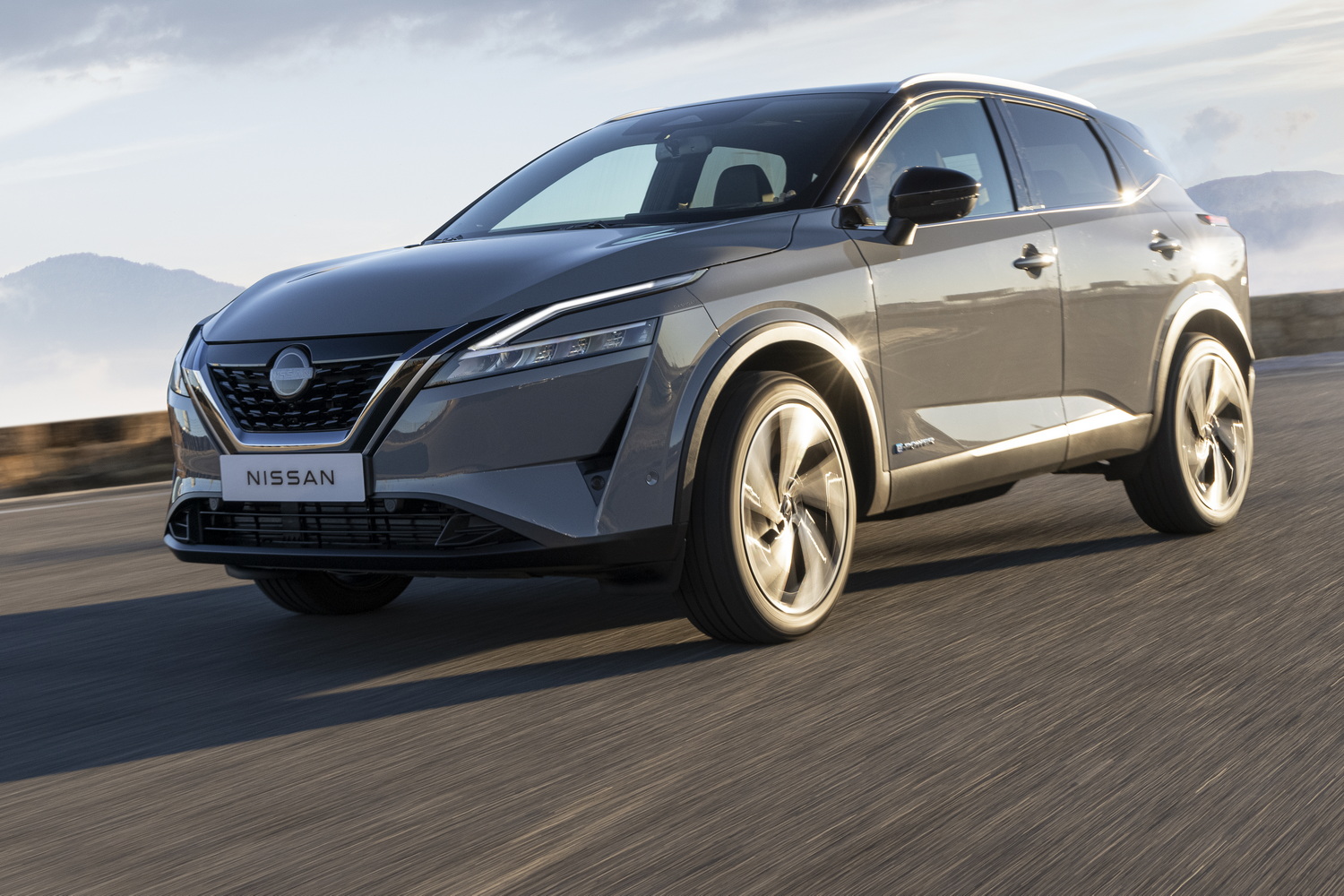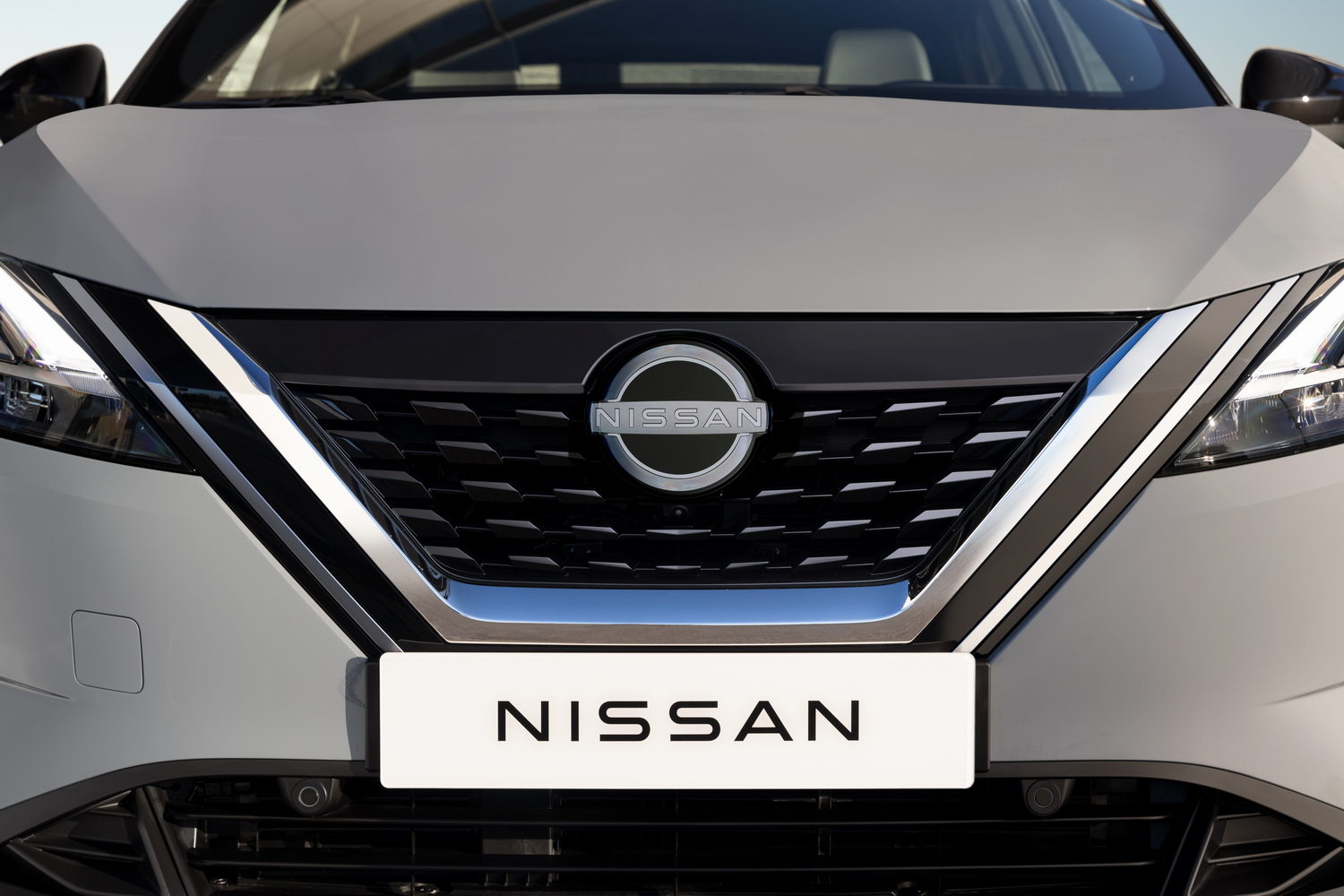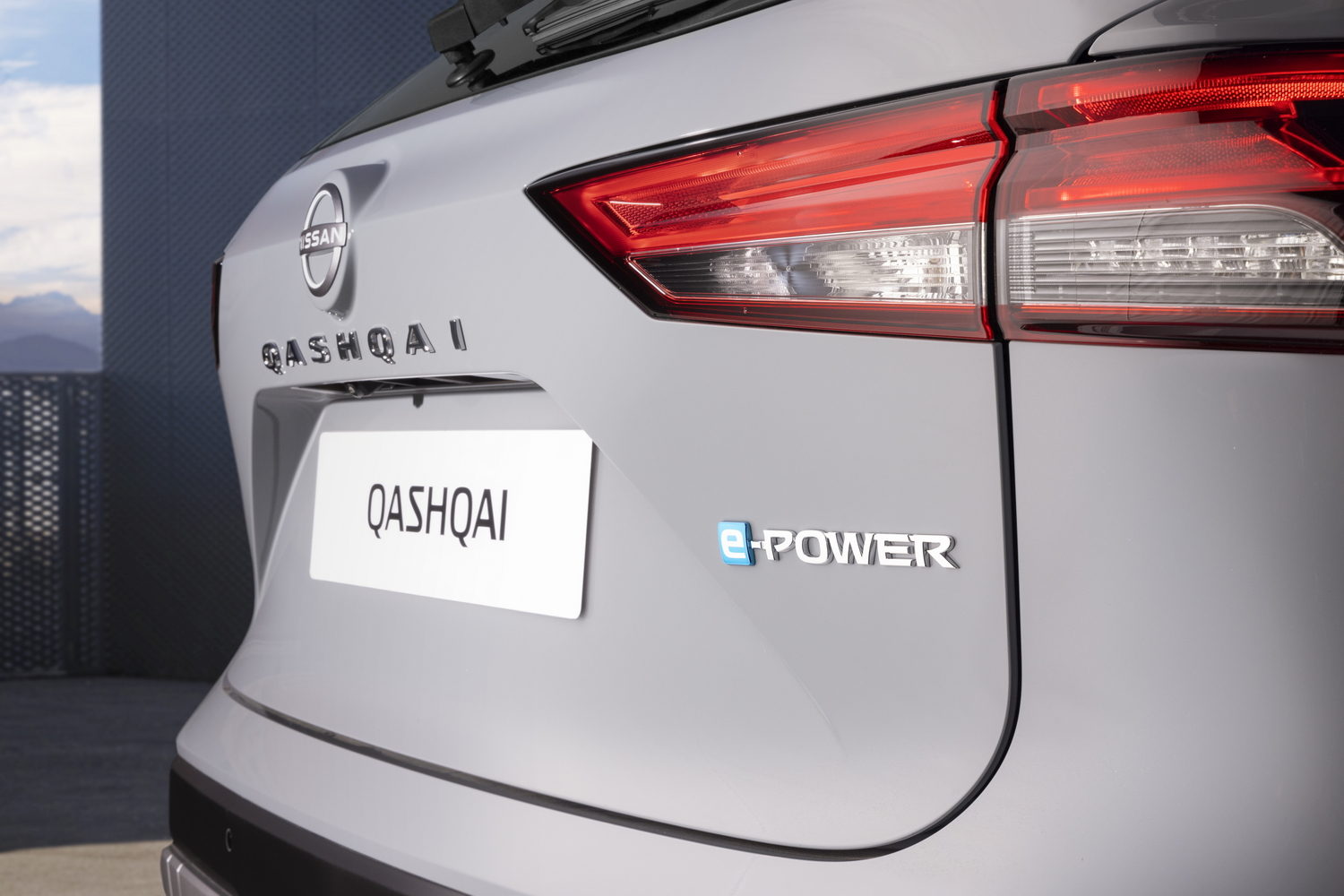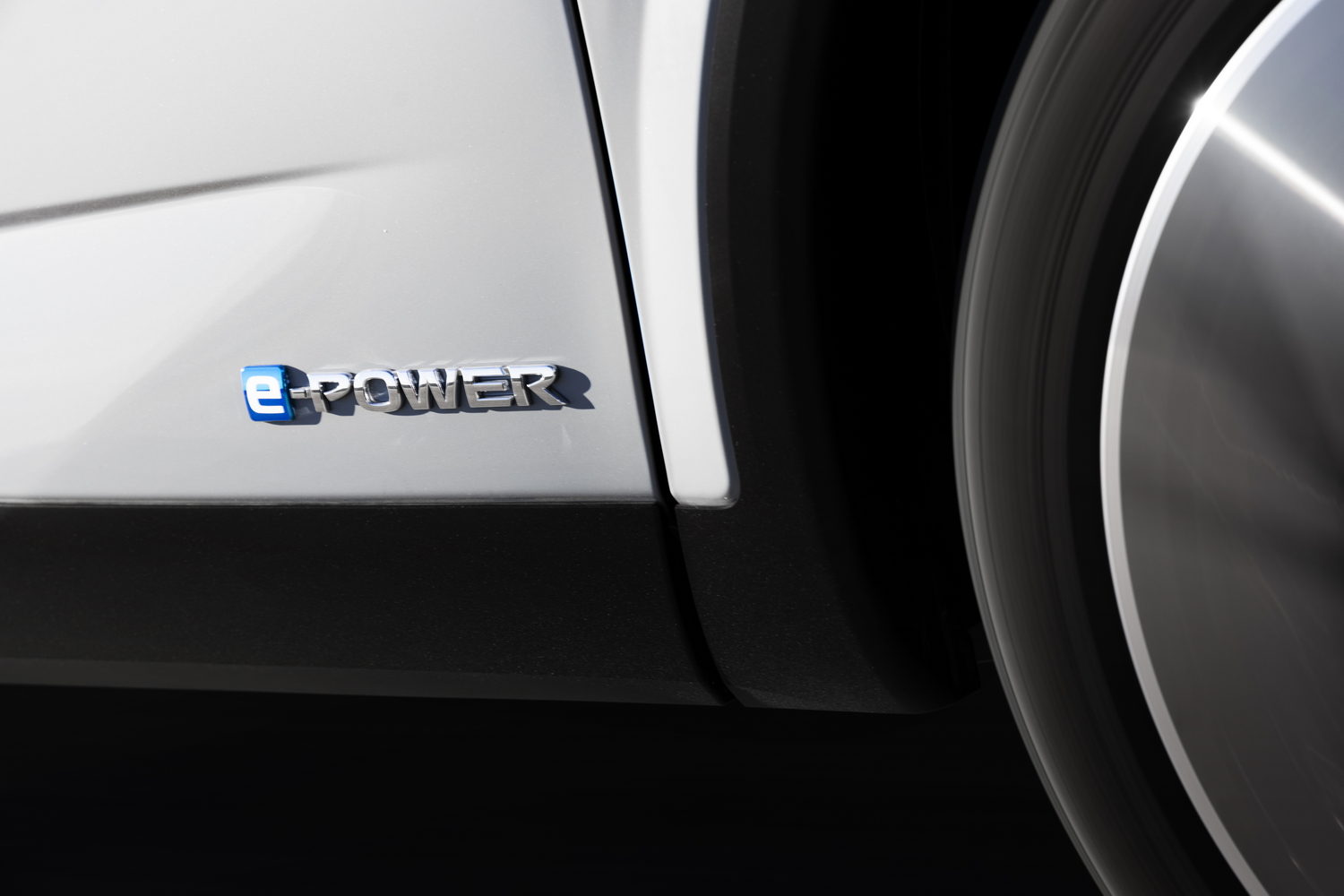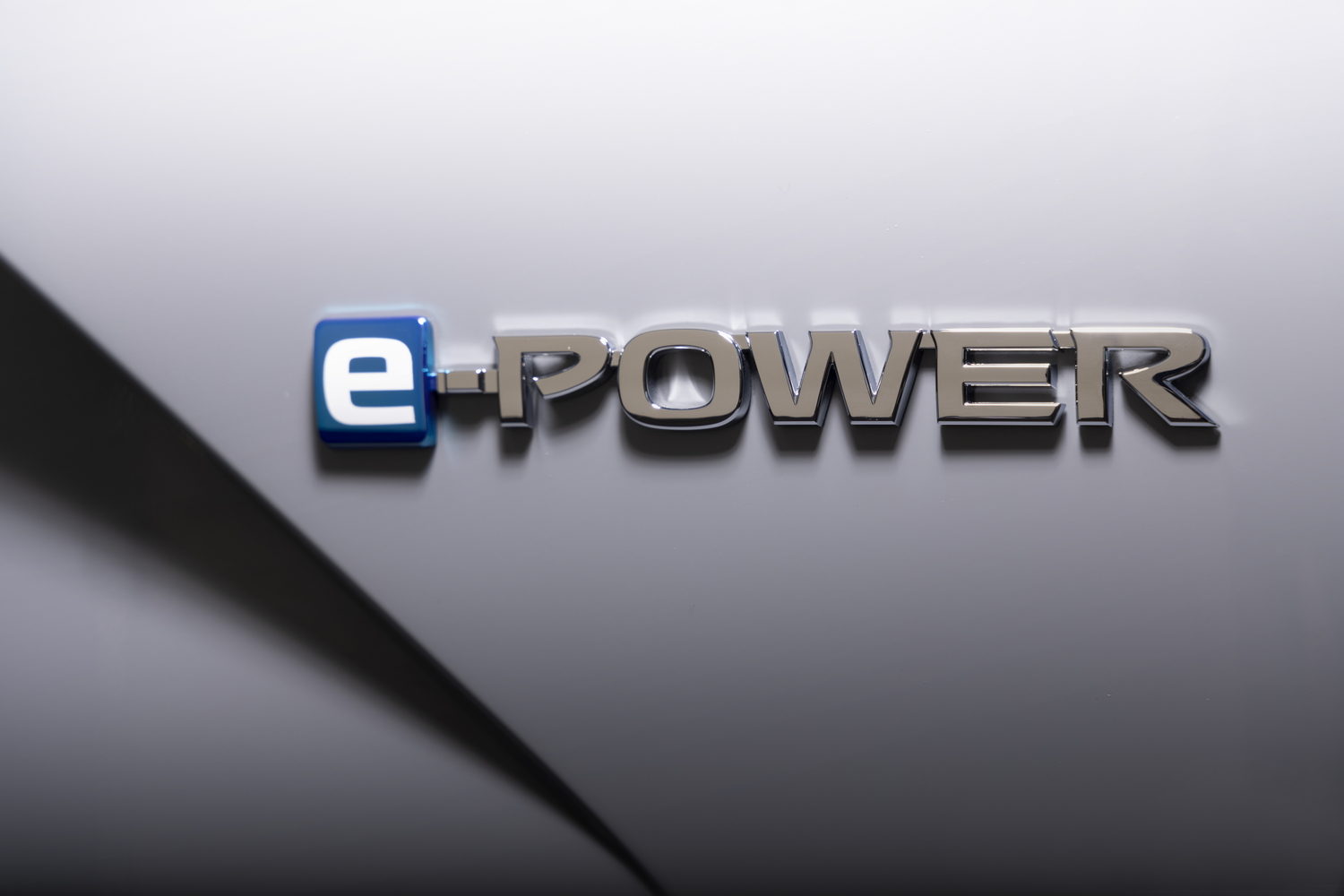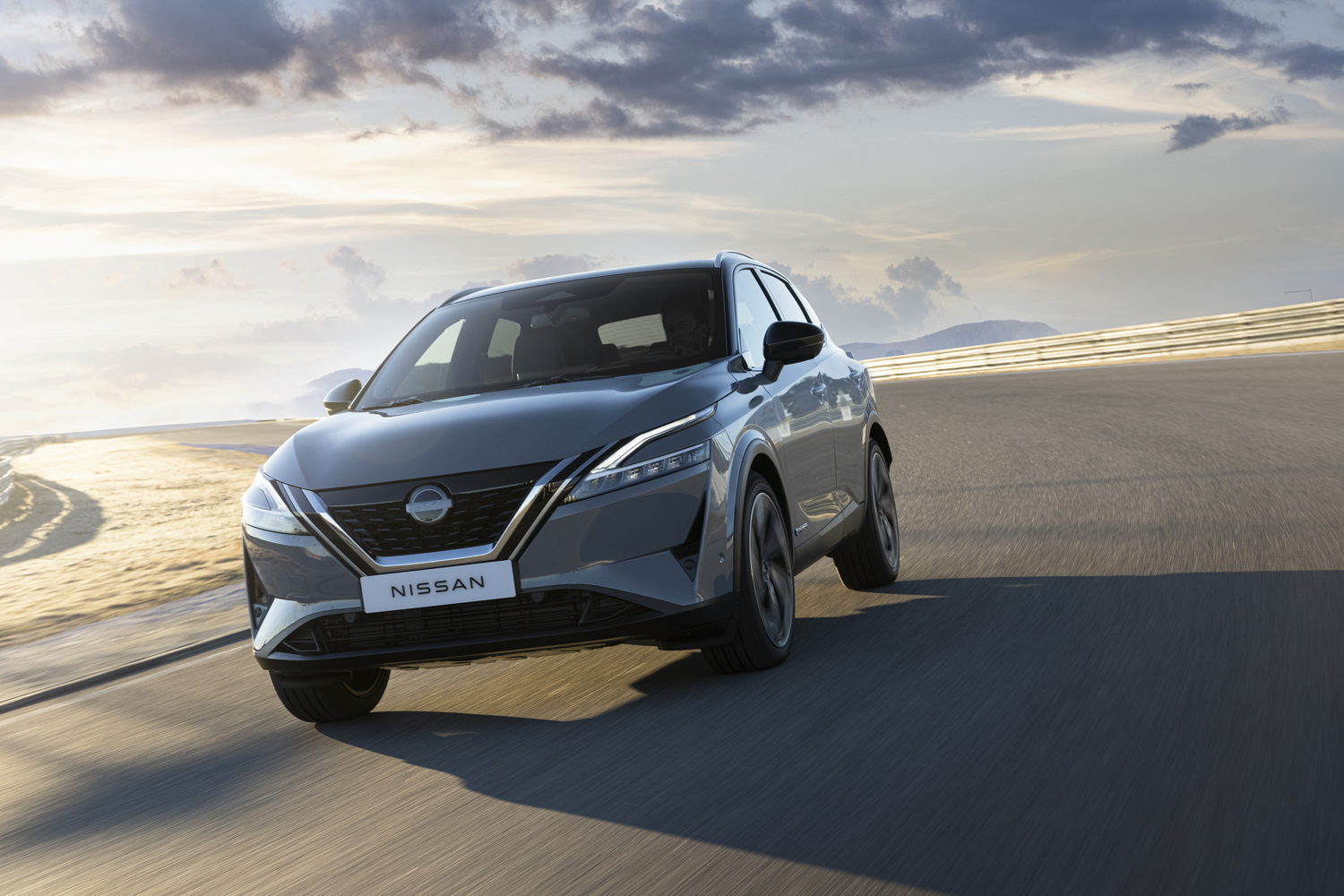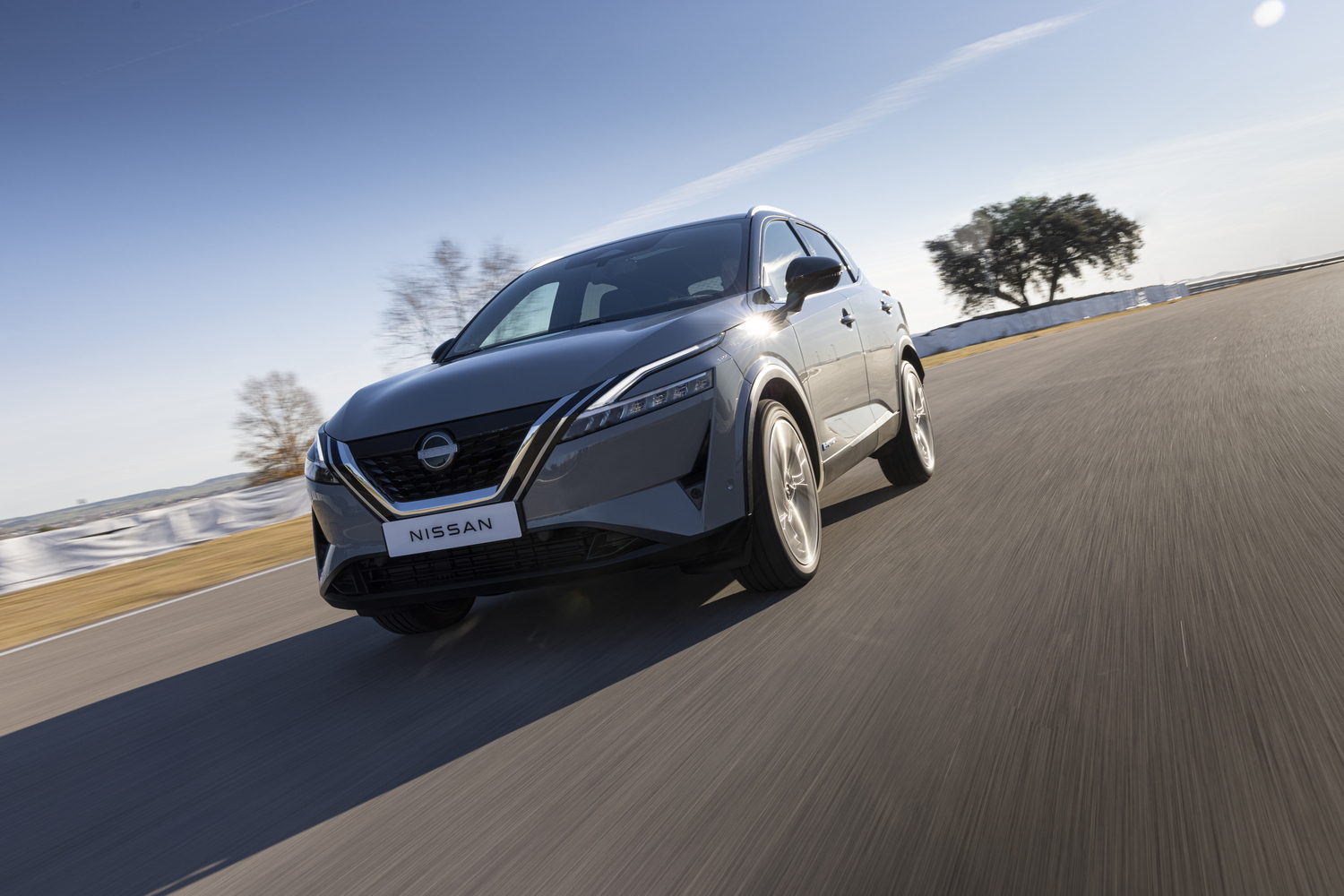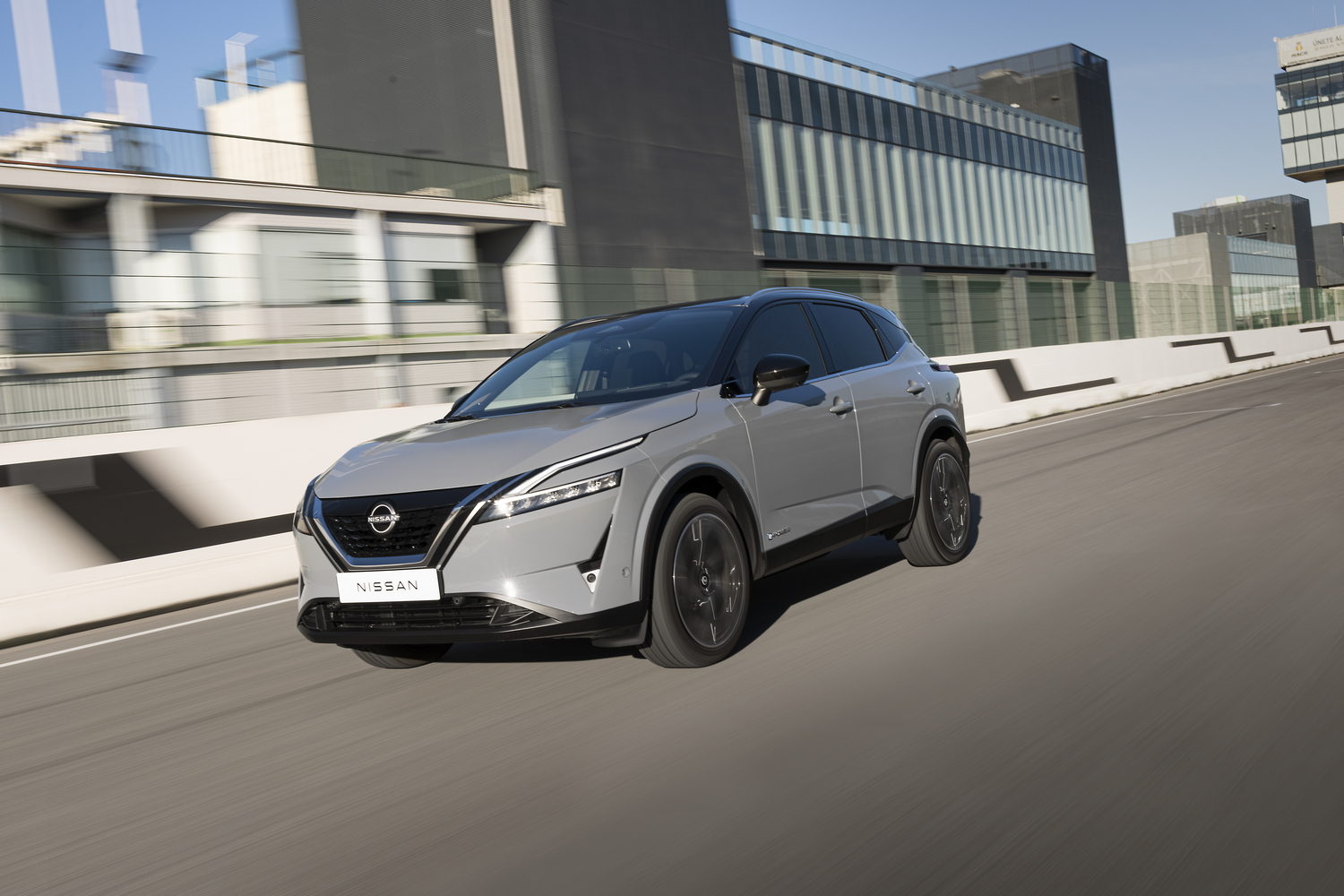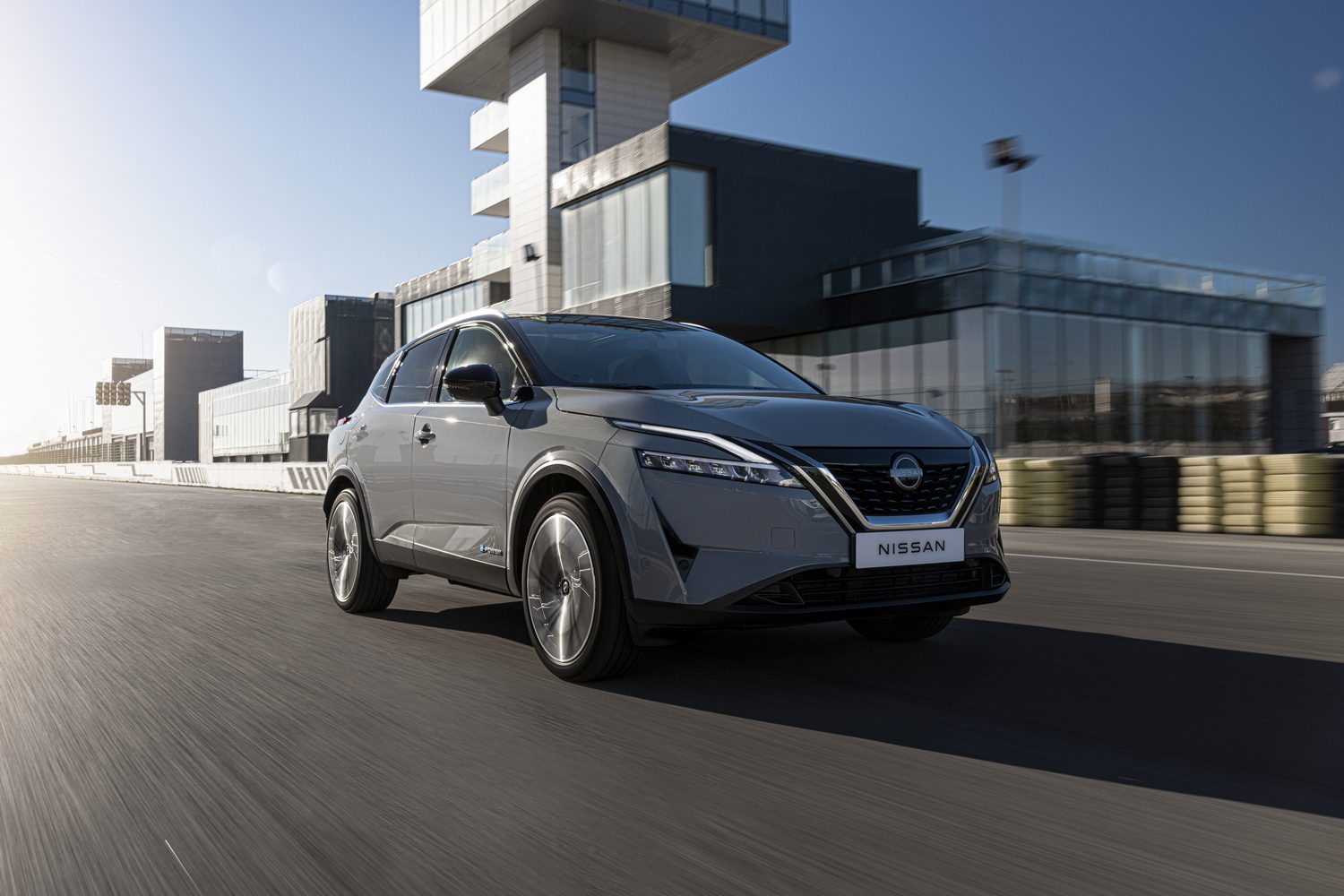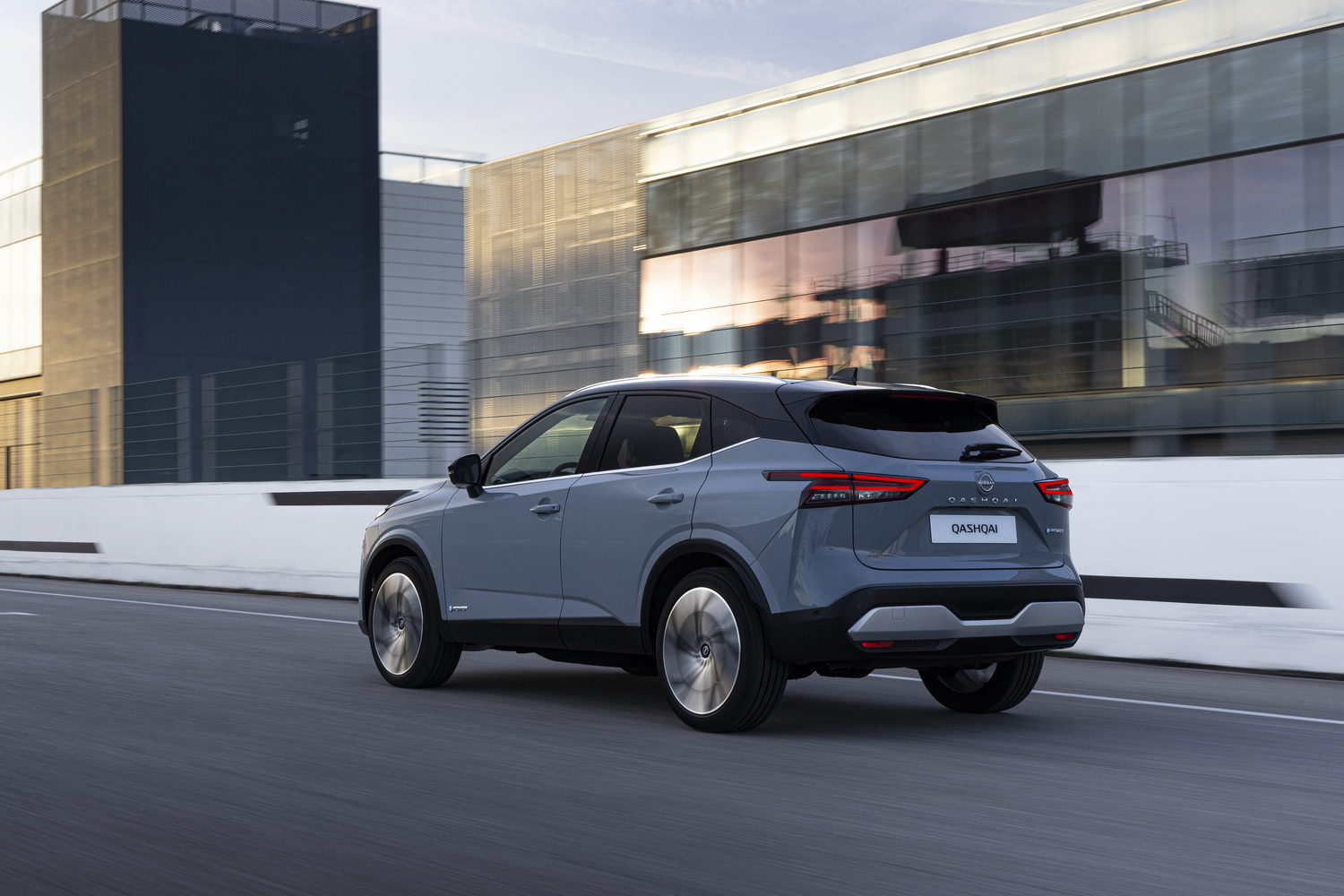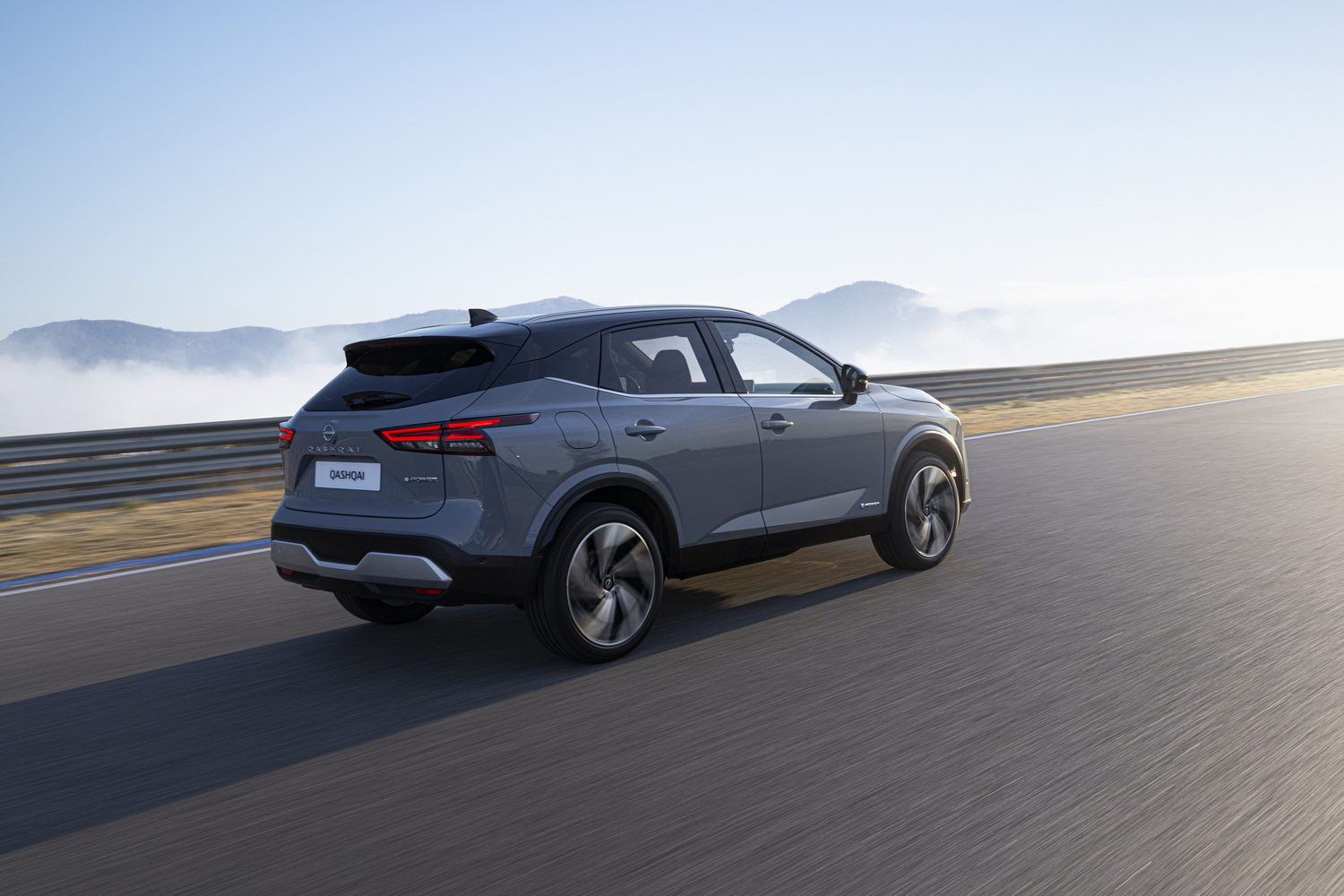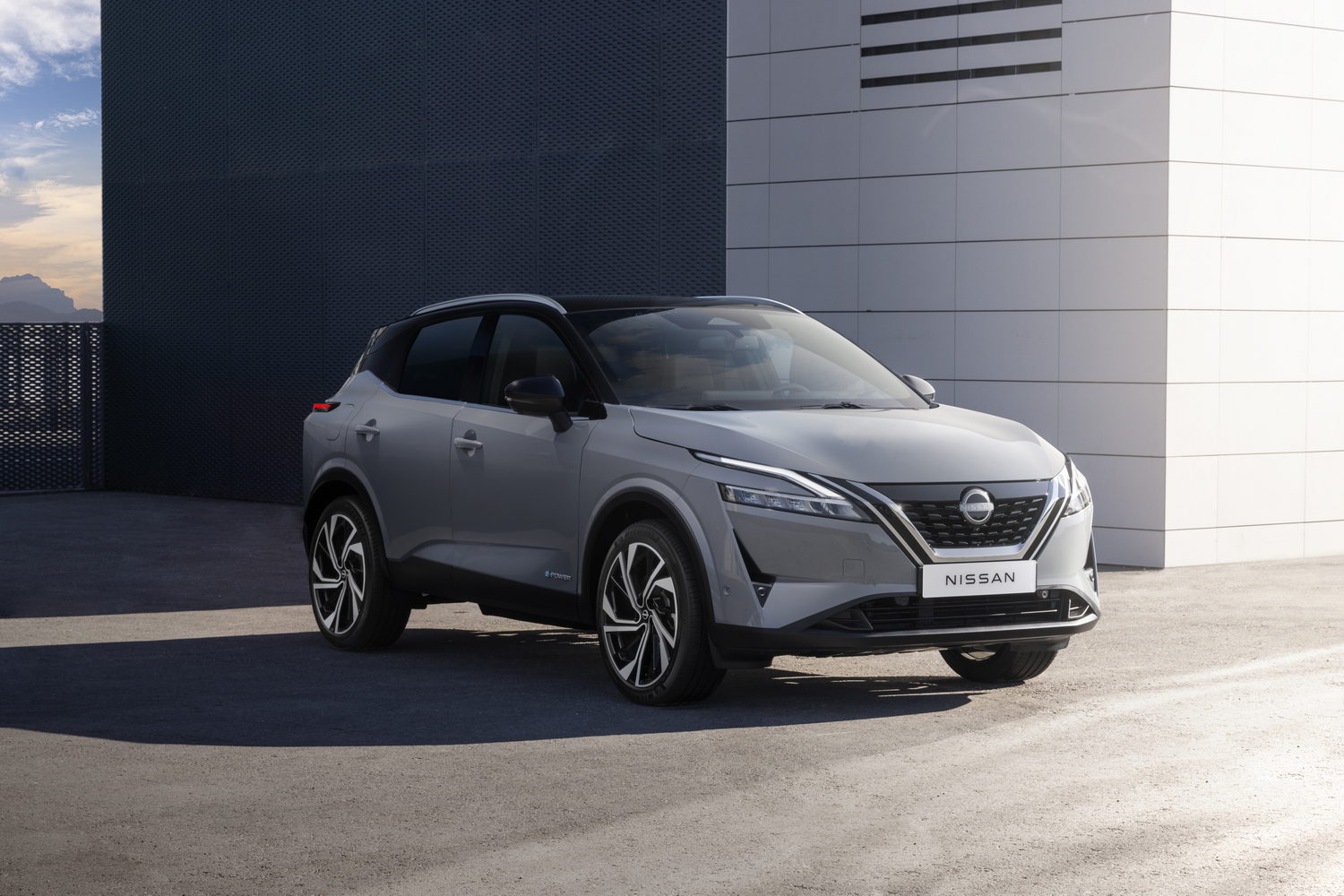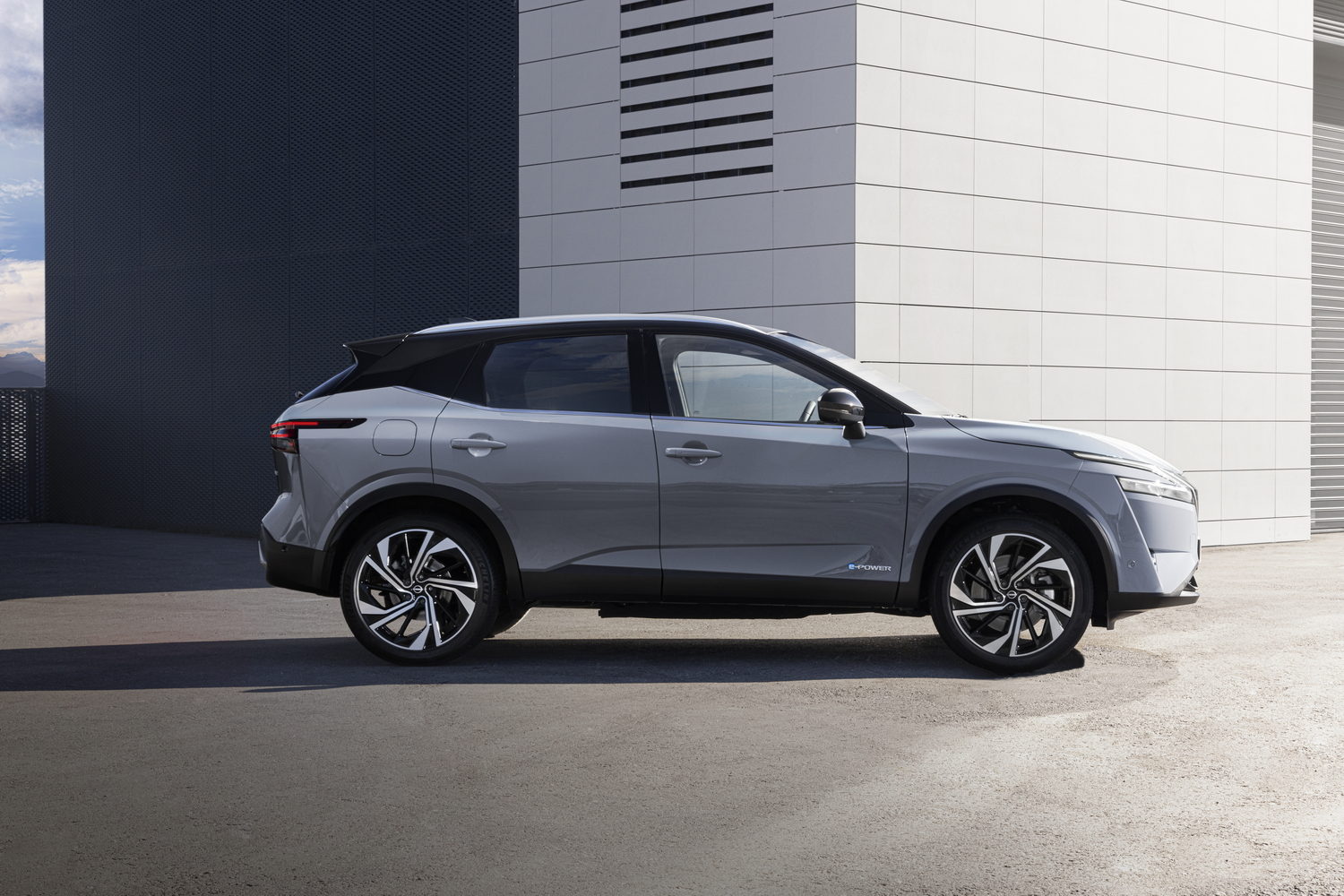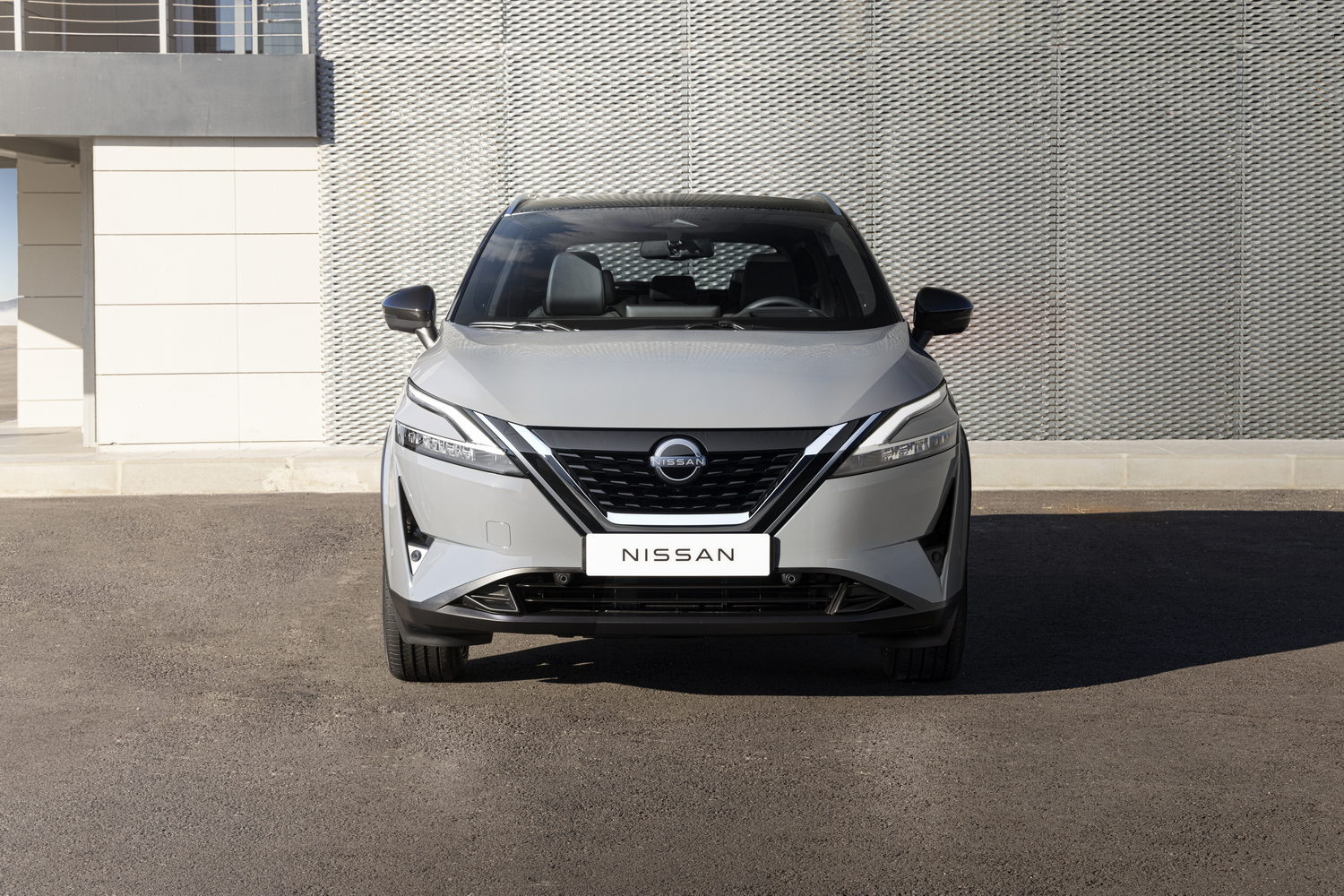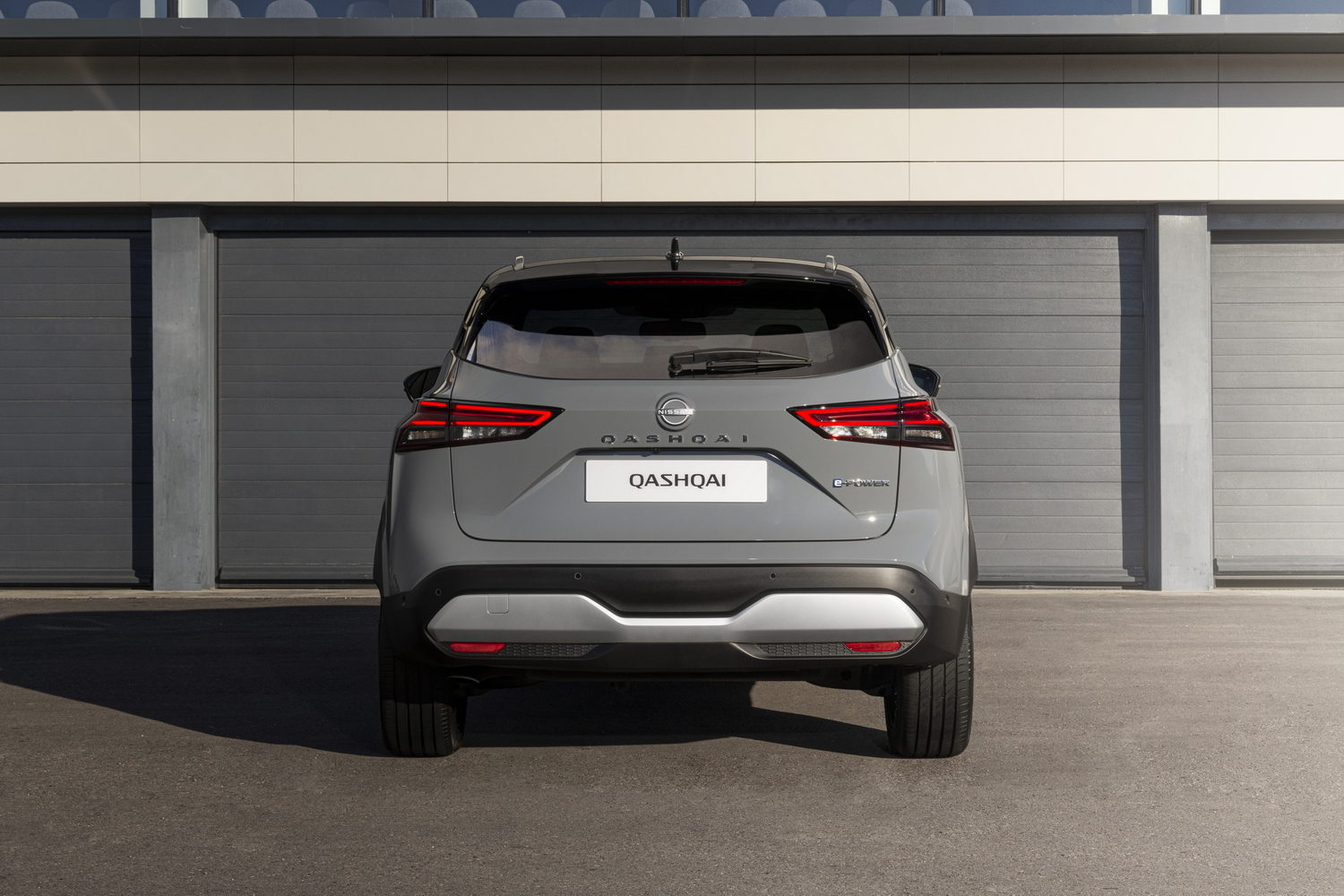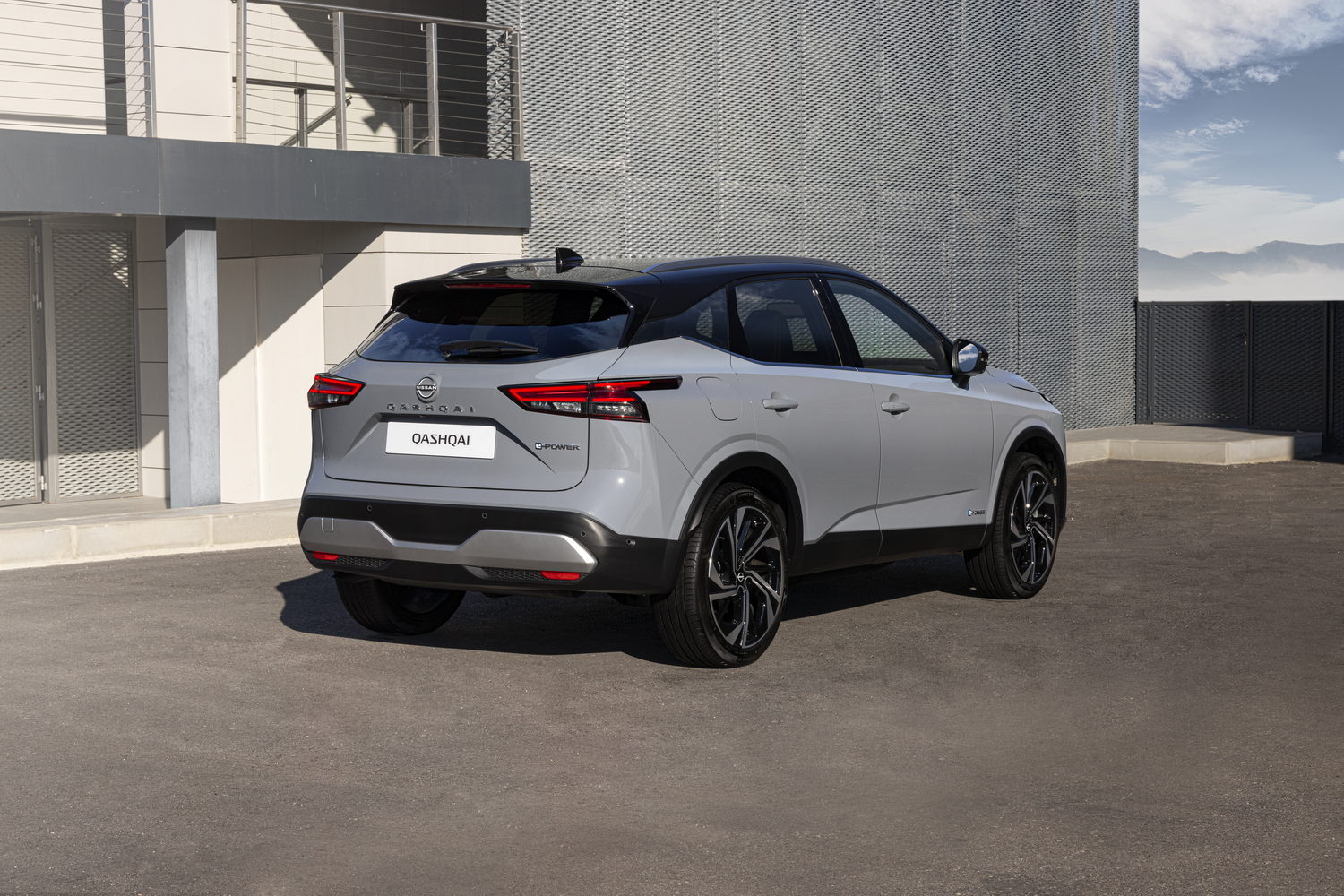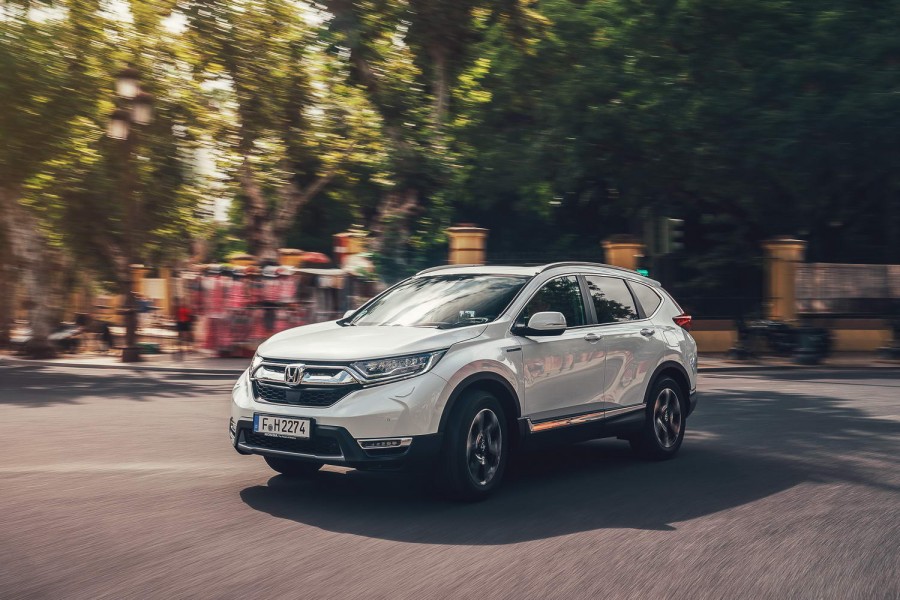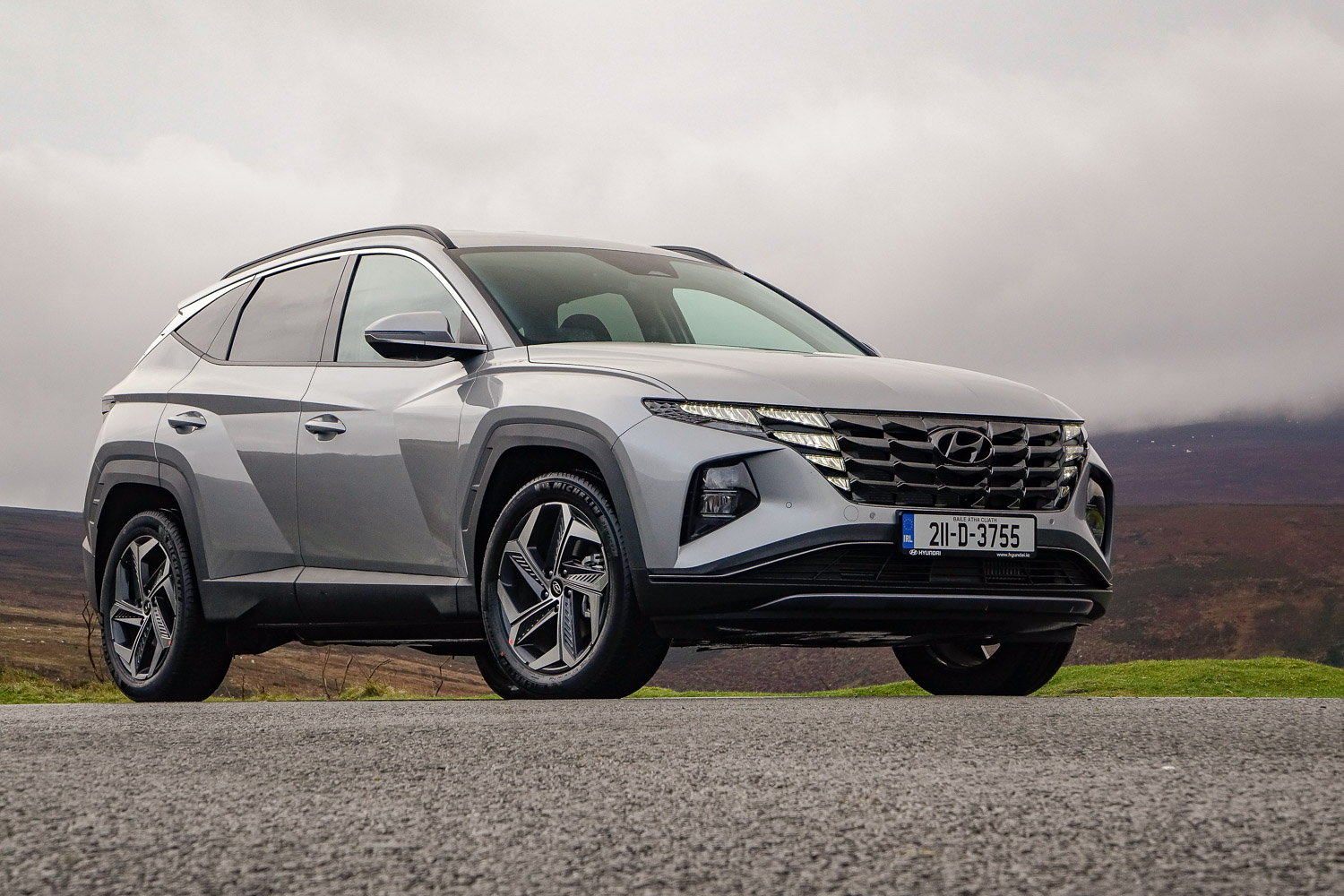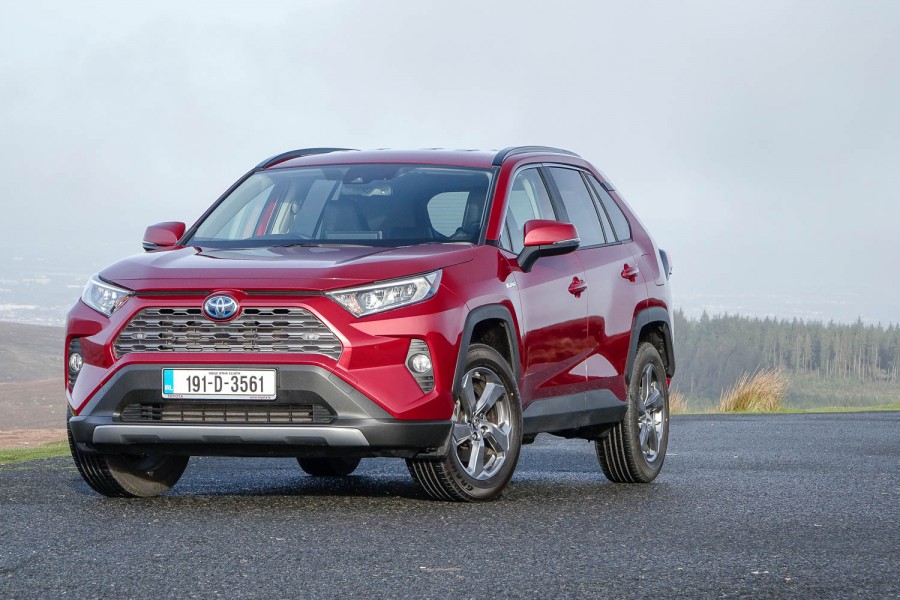Nissan has developed a new hybrid system for the Qashqai (and forthcoming new X-Trail) called e-Power. It uses an advanced petrol engine purely as a generator of electricity, as the wheels are always powered by an electric motor. This should mean benefits in terms of refinement, efficiency and the driving experience. To put some of that to the test before the Qashqai e-Power goes on sale in Ireland this summer we took the wheel of a pre-production model for a quick drive.
In the metal
Nissan is using the introduction of e-Power to usher in a few other modest updates for the Qashqai. It will get its own design of grille for starters, along with prominent badging and the option of a new design of alloy wheel. It remains a smart-looking crossover/SUV.
Inside, the existing infotainment system will be upgraded with more functionality and more connectivity, too. Specific to the e-Power model is the same drive selector on the centre console as found in the new Ariya EV (and probably the least impressive aspect of the car), along with a button for the e-Pedal Step system, which we'll describe below in more detail.
Driving it
A lot of the time, the Qashqai e-Power feels just like an electric car. The front wheels are only ever driven by the 140kW electric motor, so even when the engine is running to provide the battery pack with energy, it's the motor's instant torque and smooth power characteristics that the driver experiences. And when the engine is not running, it's particularly quiet.
One benefit of this setup is the possibility to develop an engine specifically to fill the role of energy generator. Nissan went with a 1.5-litre three-cylinder petrol unit using turbocharging and a sophisticated variable compression ratio system. When it is operating, it sounds relatively distant, if not silent. However, Nissan cleverly calibrated the system so that, as you accelerate - requiring more power from the electric motor and hence more charge to the battery from the engine - the revs rise linearly. This avoids the 'rubber band' accelerator effect often experienced in cars with CVT (Continuously Variable Transmission) and makes for a more satisfying driving experience.
Our short drive on track, where we got a chance to push the powertrain quite hard, suggests that it works well. This car is not short on performance, either. Nissan quotes a maximum output of 190hp for the motor, but it also produces up to 330Nm from rest, so the Qashqai feels nippy. Its chassis copes admirably and in fact the extra oomph makes it come alive, making this the most interesting model in the line-up from the driver's seat.
The e-Power model debuts a new take on Nissan's 'e-Pedal' one-pedal driving system, pioneered in the Leaf EV. In the Qashqai it's called e-Pedal Step and once the driver presses the button to active it then the car can be driven mostly using only the accelerator pedal. It's designed more for stop-start traffic than fast roads and on the latter we found it caused a strange dead sensation through the brake pedal.
No doubt it'll make a lot more sense in an urban environment, which is when the car is likely to switch its engine off for noticeable periods of time, too.
What you get for your money
In September 2022 Nissan Ireland confirmed a starting price of €42,500 for the Qashqai e-Power in SV specification.
Summary
Nissan desperately needed more powertrain choice in the Qashqai line-up, given the large number of buyers that chose diesel versions of the previous generation. The e-Power hybrid system now appears to offer that option, promising diesel-like efficiency married to petrol-electric cleanliness and the driving experience of an electric car, but without the need to plug it in.

